
Crows engaging hawks is not new. This behavior is known as mobbing, and it is a survival strategy in which smaller birds harass predators to safeguard nests or territory.
Recent observations suggest increased frequency, driven by urbanization, habitat overlap, and surges in crow populations. Crows, which have intelligence levels comparable to primates, employ tactical teamwork to overwhelm hawks, taking advantage of their numbers and agility.
Although hawks may want vengeance, energy conservation typically outweighs confrontation. This dynamic represents a broader ecological shift, not sudden malice.
An Ancient Rivalry
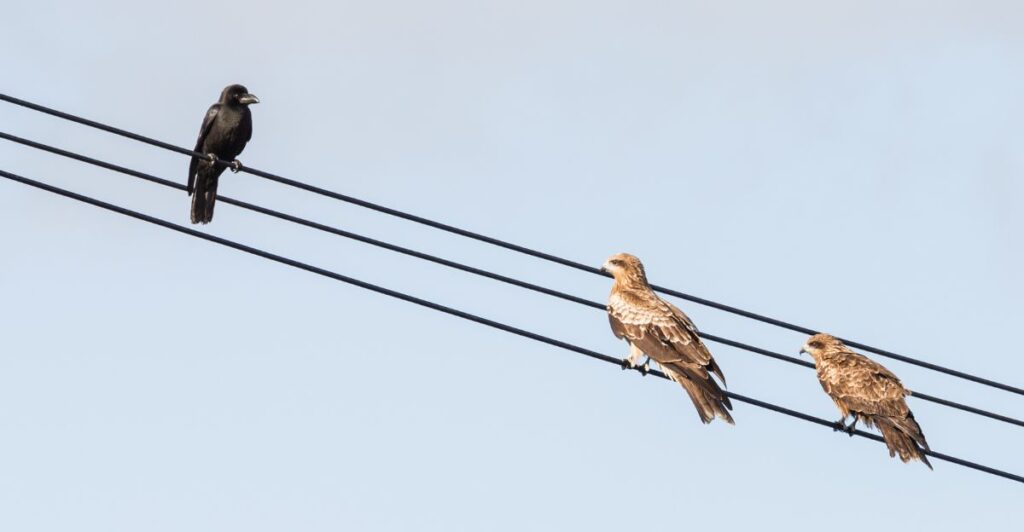
Mobbing dates back thousands of years and is described in Aristotle’s History of Animals. Crows and hawks have coexisted as predators and pests, but human expansion has intensified conflicts.
After the Industrial Revolution, crow populations thrived in cities, while hawk populations declined due to pesticides such as DDT. Hawk recoveries post-1990s (e.g. Cooper’s Hawks increased 58% since 2000) reignited territory disputes.
Historical data shows mobbing increases correlate with nesting seasons and not “sudden” aggression—a misperception amplified by social media visibility.
Crow Intelligence – The Strategic Mind
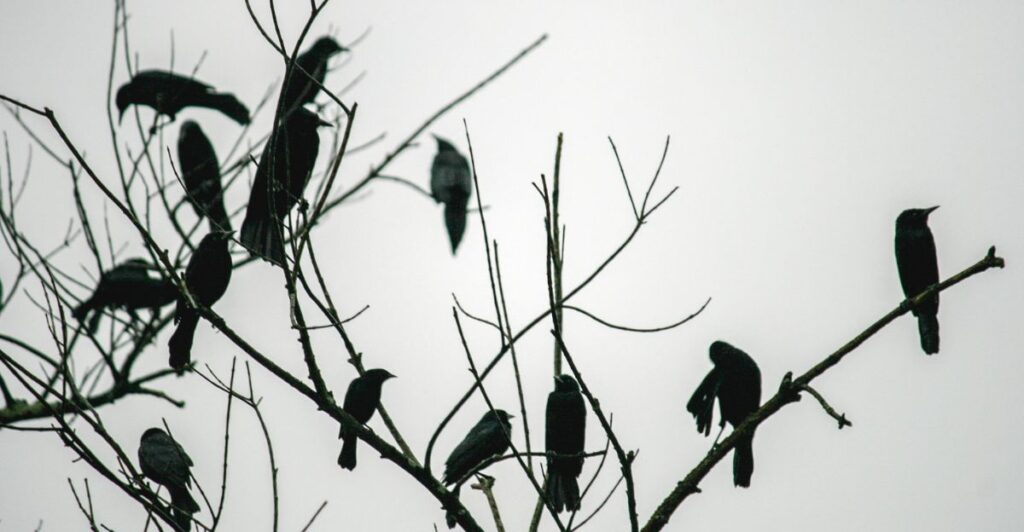
Crows exhibit problem-solving skills that rival those of a 7-year-old child, use tools, and can recognize human faces. Their mobbing tactics involve distraction (dive-bombing), surveillance (sentries), and deception (false attacks).
Research from the University of Washington notes that crows memorize hawk flight path patterns and rally 10 to 20 birds to exhaust their targets. This intelligence allows them to exploit hawks’ vulnerabilities: larger raptors struggle with rapid directional changes, making evasion futile.
Ecological Pressure –The Role of Urbanization
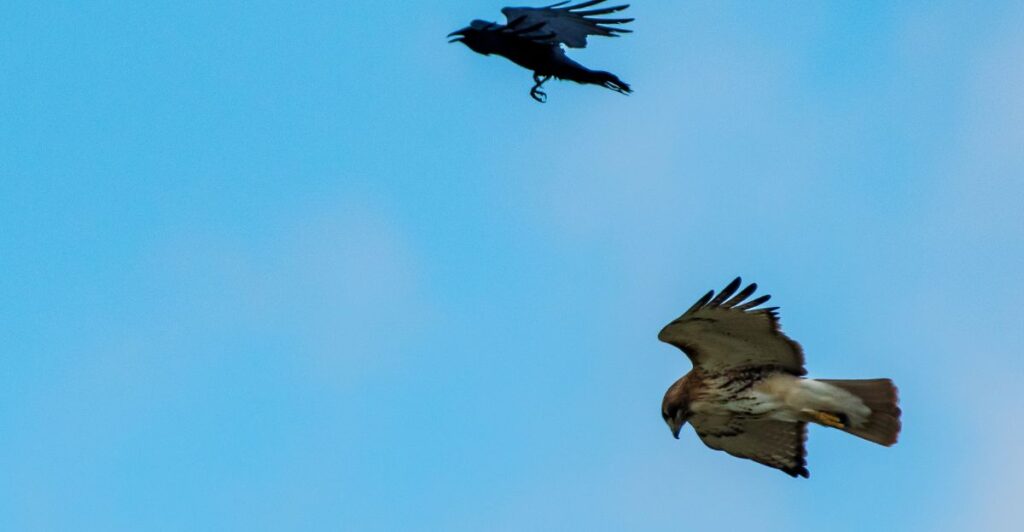
Urban heat islands and artificial light extend the hours during which crows are active, and fragmented forests force hawks into areas dominated by crows. A 2024 study found that crow populations in U.S. cities increased by 72% since 2000, compared with a 30% increase for hawks.
Scarcity of food (e.g., declining small mammals) forces hawks to hunt near crow nests, leading to defensive mobbing. Climate change also exacerbates this: warmer winters increase crow breeding success, thereby increasing competition.
Hawk Counterstrategies — Evasion Over Conflict
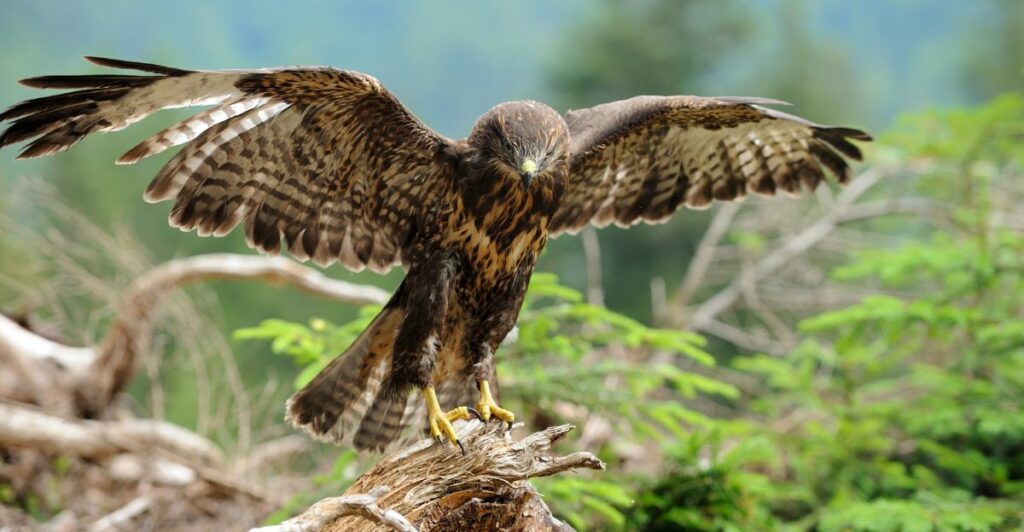
Hawks avoid prolonged fights. GPS tracking reveals that 83% of mobbed hawks flee within 90 seconds, per the Cornell Lab of Ornithology. Tactics involve aerial rolls, steep dives, and perching in thick foliage.
Hawks rarely strike back: a 2023 study documented 12 instances of Cooper’s Hawks killing crows mid-mobbing. However, energy expenditure (a crow chase burns 300+ calories/hour) renders retaliation unsustainable.
Crows Teach the Next Generation

Crows transmit mobbing techniques culturally. Juveniles observing adults learn to target hawk wing joints or eyes. In 2025, researchers in Seattle observed crows using debris (sticks, pebbles) to bombard hawks, a novel, tool-based mobbing variant.
This adaptability indicates that crows are honing tactics rather than just reacting. Social media footage of “crow armies” reflects generational knowledge transfer, not newfound aggression.
The “Sudden” Myth
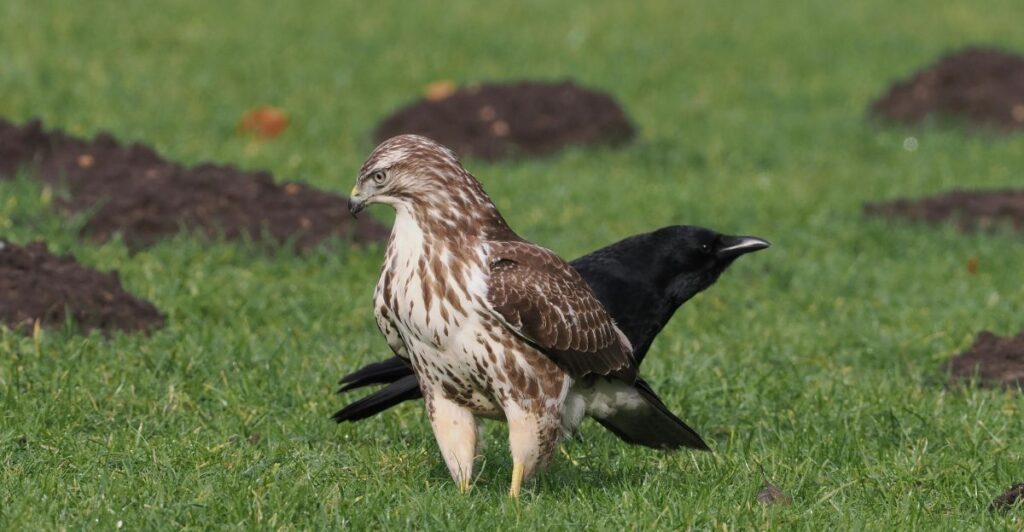
This illusion of suddenness stems from reporting bias. eBird data reveals that mobbing incidents have increased by 22% since 2010 but have experienced an overall annual growth rate of 2.3%7.
Reality is distorted with viral videos (e.g., 45M-view TikTok of 50 crows chasing Red-tailed Hawk). Media reports label crows as “bullies,” a frame that ignores their role in controlling hawk overpopulation. Public awareness of animal behavior has just caught up to sientific knowledge.
Ecological Impact — Ripple Effects
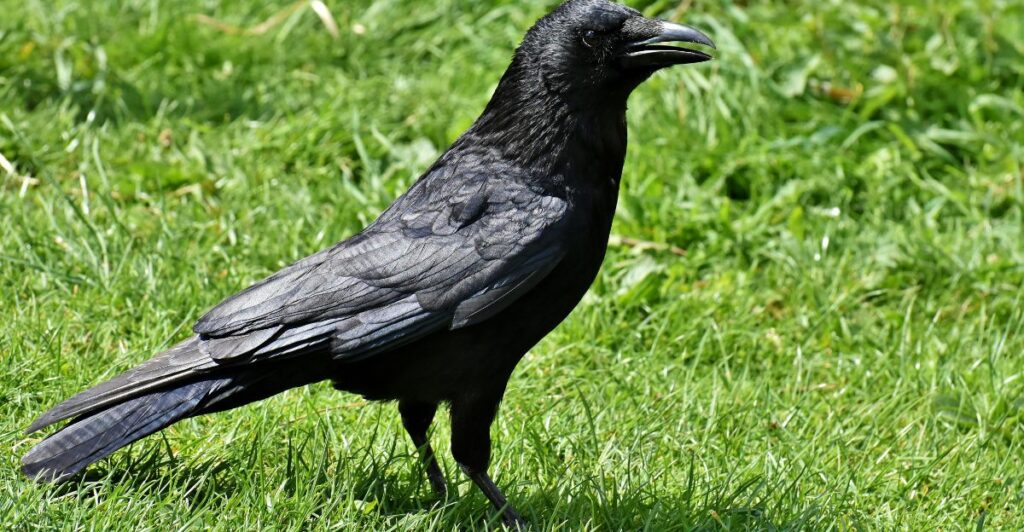
Intense mobbing disrupts ecosystems. Hawks forced out by crows hunt more songbirds, destabilizing food webs. If mobbing intensifies, a 2024 model predicted that urban sparrows would drop by 17%.
Conversely, crows suppress hawk-borne diseases(e.g., avian flu) by reducing raptor roosting. The balance is precarious: overly protective crows can exhaust their own energy reserves, leaving nests vulnerable.
A Collision Course
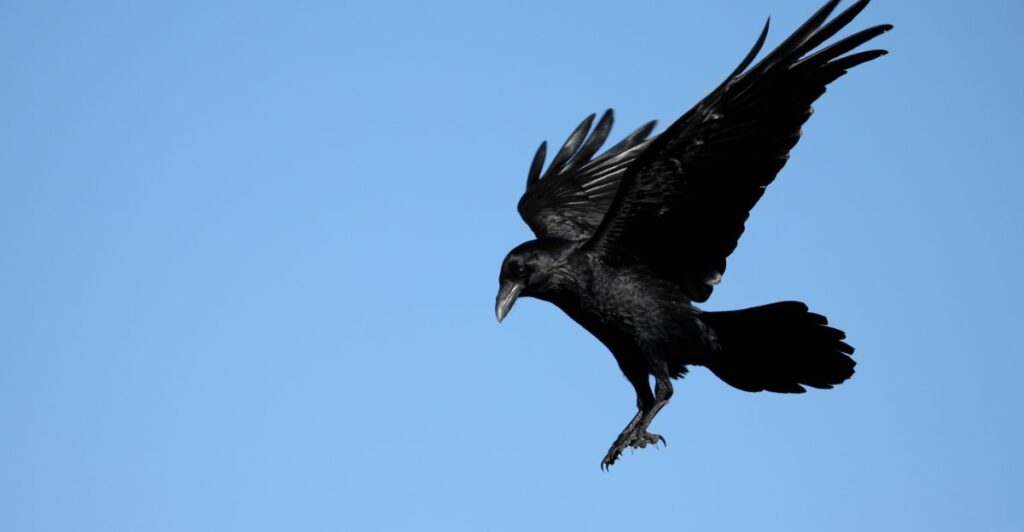
By 2030, crow populations could double in cities, while hawks face habitat loss. Autonomous hawk-mimicking drones (tested in Alberta, 2024) could trigger artificial mobbing through harassment, which can be stressful for nestling communities.
Due to climate-driven range shifts, hawks may be forced into crow strongholds, and conflict would increase. Evolutionary biologists believe hawks might develop thicker plumage or nocturnal habits to avoid harassment.
Coexistence or Chaos?
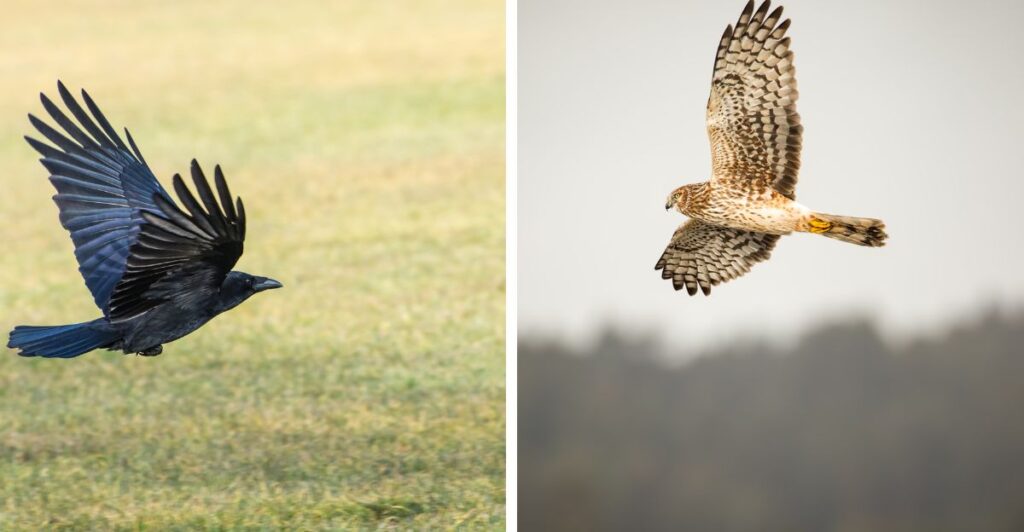
Crows aren’t “suddenly” hunting hawks — they’re adapting to human-altered landscapes with proven strategies. The narrative reflects our skewed perception, not of avian reality.
The solutions lie in habitat restoration and public education. Both crows and hawks are keystone species; they help maintain ecological balance. Their rivalry is ancient yet still evolving, and speaks of nature’s resilience. The real question isn’t “why now?” but “how do we mitigate human-driven disruptions?”
Explore more of our trending stories and hit Follow to keep them coming to your feed!

Don’t miss out on more stories like this! Hit the Follow button at the top of this article to stay updated with the latest news. Share your thoughts in the comments—we’d love to hear from you!







